| 1. |
What is the purpose of an explanation? 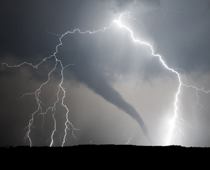
|
||||||||
|
| 2. |
Which of the following would NOT be a suitable title for an explanation? 
|
||||||||
|
| 3. |
What should the introduction include? 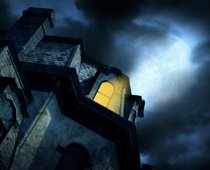
|
||||||||
|
| 4. |
You would use a glossary for ____ 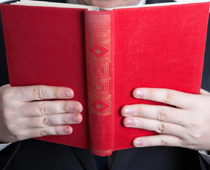
|
||||||||
|
| 5. |
In an explanation about how a lava lamp works, which tense would you use? 
|
||||||||
|
| 6. |
Why are illustrations, diagrams and charts used in explanations? 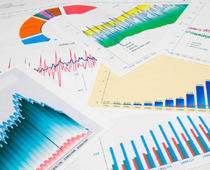
|
||||||||
|
| 7. |
Which of the following connectives would you NOT find in an explanation? 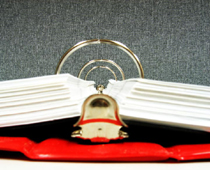
|
||||||||
|
| 8. |
Which of these questions could NOT be answered by an explanation? 
|
||||||||
|
| 9. |
Explanations are written in ____ 
|
||||||||
|
| 10. |
Which of the following would be an example of an explanatory (explanation) text? 
|
||||||||
|
